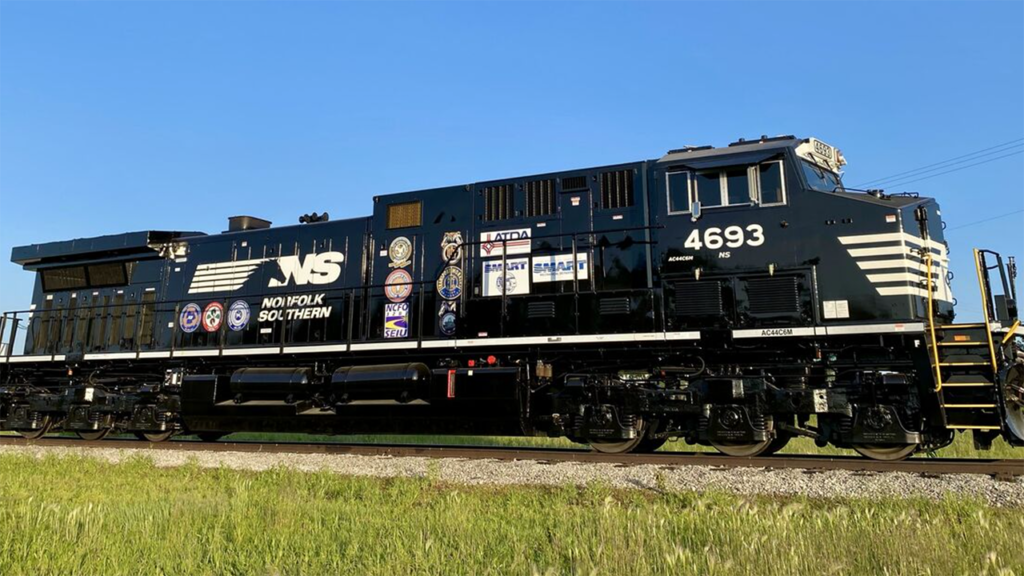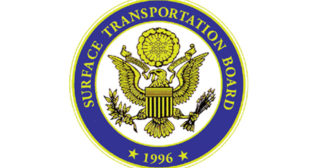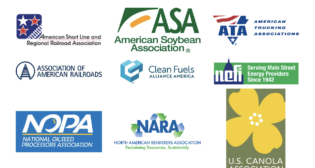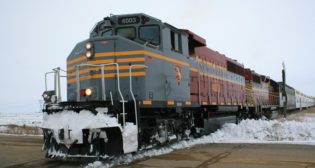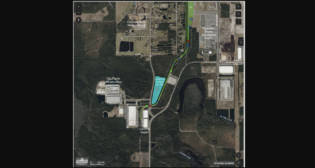
NS Responds to FRA Charges of Conductor Certification Program ‘Grave Deficiencies’
Written by William C. Vantuono, Editor-in-ChiefThe Federal Railroad Administration on June 14 sent a letter (downloadable below) to Norfolk Southern Executive Vice President and Chief Legal Officer Nabanita Nag accusing the railroad of neglecting development of an “adequate conductor certification training program” following incidents that occurred in 2021. Citing “grave deficiencies,” FRA demanded “mandatory immediate action” based on its ongoing audit of NS’s conductor certification program, per Section 22410 of the Infrastructure Investments and Jobs Act (IIJA), Pub. L. 117-58, 135 Stat. 432.
FRA pointed to three findings, providing “corrective measures” for each:
- “The 13-day window for training in NS’s conductor training program is grossly inadequate, allowing certification in an unacceptably brief period. This is incompatible with the demands of a Class I freight railroad operation. Corrective Measure: Extend the training program duration to provide adequate time to gain adequate knowledge, experience, and skills to trainees.”
- “NS’s current conductor On-the-job (OJT) field training lacks consistency, structure, and proper oversight, and therefore fails to ensure new hires are acquiring the necessary skills for performing safety-related duties. Corrective Measure: Implement objective standards, track measurable progress, and properly train those managers, coordinators, and mentors who perform any oversight duties in OJT field training.”
- “NS has failed to comply with FRA’s training regulations by unilaterally designating ‘qualified instructors’ without obtaining the required concurrences from the designated employee representatives. Corrective Measure: Strictly follow the concurrence process set forth at 49 CFR 242.7 in the selection of qualified instructors, ensuring joint selection by a designated railroad officer and a designated employee representative.”
“We are committed to setting the standard for safety in the railroad industry,” Norfolk Southern told Railway Age. “We take seriously our extensive program of classroom and on-the-job conductor training, and are taking a series of immediate actions to build on that program to address the FRA’s concerns. We have also contacted the FRA to initiate further discussions on the actions they recommend. We have also shared the letter with ANS (Atkins Nuclear Secured ), our new independent safety consultant, and asked them to begin a review to supplement our own efforts. Finally, as we have demonstrated, we are committed to collaborating with our unions and craft railroaders to improve our safety culture, including training, and we look forward to engaging with them on this effort.”
NS provided excerpts from its response to FRA:
“New trainees report to the NS Training Center in McDonough, Ga., on their first day of employment with NS and spend their first three weeks receiving classroom and applied instruction and performing hands on physical and classroom tasks designed for education on and repetition of the most common tasks a conductor is expected to perform. Trainees are required to demonstrate proficiency in many physical tasks including mounting and dismounting equipment, properly lining switches and derails, protecting shove moves, leaving equipment in the clear, and securing equipment. They also must pass a series of examinations covering topics such as operating rules knowledge, signal aspect and indication proficiency, power brake law compliance, and hazardous material handling. Only after a trainee demonstrates the requisite knowledge and physical ability to safely continue his or her training during the first three weeks at the NS Training Center will he or she proceed to the next stage in the field, which is on the job training (OJT).
“OJT is scheduled based on the trainee’s seniority district and is coordinated among Training Coordinators, Technical Training staff, Transportation supervisors, and craft mentors to cover the types of territorial work to be performed as a certified conductor. The team of Training Coordinators, Transportation supervisors, and craft mentors are involved in scheduling and executing training schedules to ensure a trainee has the knowledge and experience necessary to obtain promotion as a certified conductor.
“Field Orientation Checklist: We will issue a Field Orientation Checklist to standardize the orientation process across the network. This checklist will ensure that trainees leave the NS Training Center with a clear set of expectations when transitioning to OJT. Training Coordinators, assisted by our craft mentors and Transportation supervisors, will provide systemwide oversight to ensure these transition activities are handled consistently at each field location. The list will be distributed electronically to allow tracking of completion. In combination with the Qualification Book, this list will create consistency in the transition from the NS Training Center to OJT as well as provide clarity on the roles of the trainee, craft mentor, and Transportation supervisor.
“Recurrent Training for all Employees who Oversee Conductor Training: We will develop and deliver a recurrent training course to all conductors (who have or are nearing 12 months of conductor service), Transportation supervisors, and Training Coordinators that provides specific guidance regarding the OJT program.”
FRA sent copies of its letter to SMART-Transportation Division President Jeremy Ferguson and BLET President Eddie Hall, who were among the signatories to an open letter to NS employees from President and CEO Alan Shaw.
Related Stories:
Norfolk Southern Outlines New Six-Point Safety Plan
NS Hosts Inaugural Safety-Focused Town Hall
Alan Shaw at NARS: “We Can Do Better”
Alan Shaw: Together, There is No Limit to What We Can Accomplish
NS’s Shaw: ‘Focusing on Long-Term Priorities and Value’ (UPDATED, TD Cowen)
FRA: Supplemental Safety Assessment of NS Operations
